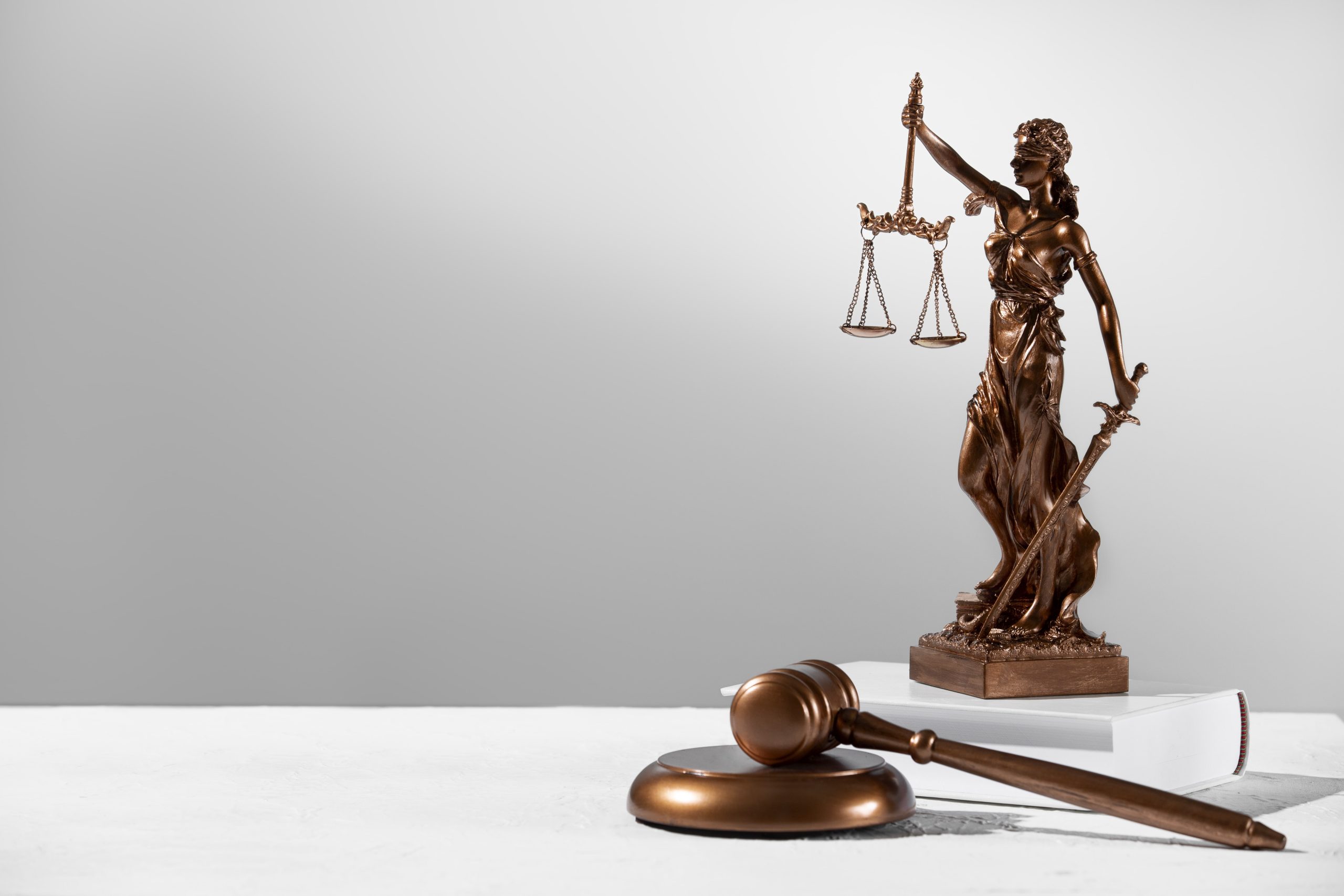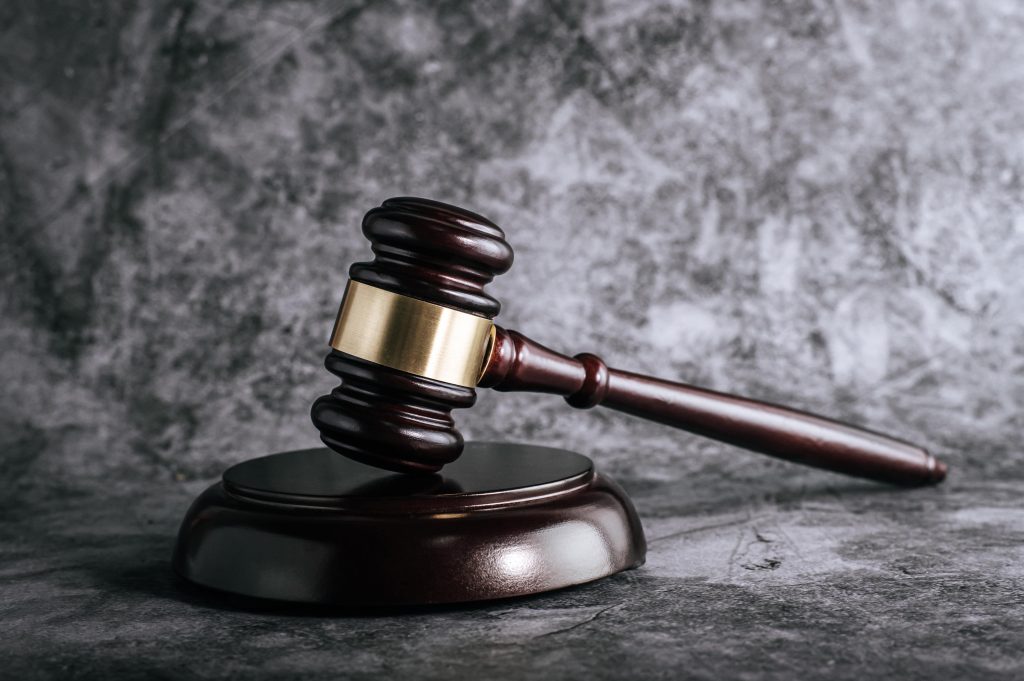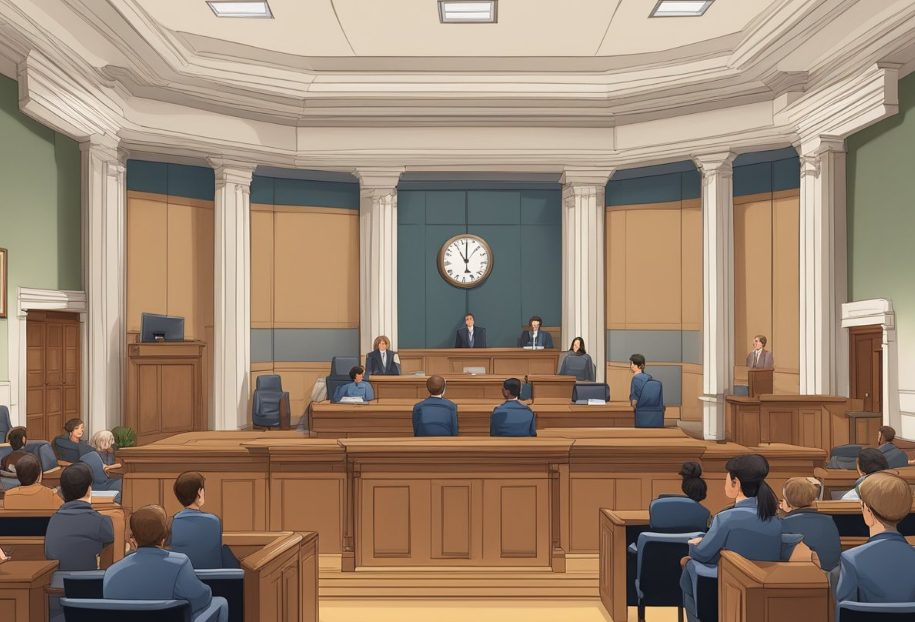Why You Need to Hire a Connecticut Wrongful Termination Attorney

If you are staying in Connecticut, if you have been fired suddenly, chances are that you have been searching for a “Connecticut wrongful termination attorney” online.
Being fired wrongfully is a significant problem that can make an employer incredibly frustrated. It can also make them feel financially strapped and unsure of their next steps.
If you believe that your employer wrongfully terminated you as an employee in Connecticut and are facing such discrimination or feeling retaliated against by the existing employers, you should contact an attorney.
In this blog post, we look at what wrongful termination is, how a Connecticut wrongful termination attorney can help, and the initial steps you need to take in such an unfortunate circumstance.
So, keep on reading this blog till the end to learn more…
What is Wrongful Dismissal?

While you try to find a “Connecticut wrongful termination attorney,” you must first know what it means!
Wrongful termination is when an employer fires someone for illegal reasons, violating federal or state employment laws, the rules of a contract about payments, or conditions outlined in contracts. Some of the things that are illegal to terminate an employee for include:
- Discrimination: Firing due to race, color, religion, sex.
- Retaliation: Termination of an employee who engaged in their legal right (filing a complaint regarding workplace harassment or discrimination; unsafe working conditions)
- Violation of Public Policy: An employee can be terminated for reasons contrary to public policy, such as firing a worker because he refused to commit an illegal act or take time off from work in order
- Breach of Contract: Any termination that would constitute a breach of an employment contract, whether express or implied.
The Purpose of a Wrongful Termination Attorney

An attorney who practices employment law and wages, hours & working conditions is a specific type of wrongful termination lawyer.
A wrongful termination lawyer can help you in many important ways, including the following:
1. Providing Legal Advice
When it comes to wrongful termination, the first step is knowing if your case holds up. A qualified attorney can evaluate your situation, examine the relevant documents, and determine whether you were wrongfully terminated.
They can explain your rights, the laws that may relate to you, and the kinds of relief available in these situations.
2. Breaking Your Case
A thorough investigation is the first step in your case. Your attorney will collect all the items of proof that can assist your case, such as emails, performance reviews, witness statements, and company policies.
If you signed an employment agreement, your attorney will analyze it for possible termination. If the documents confirm your termination did not comply with the law, your attorney will file a complaint on your behalf.
Talk to your former employer or HR. If it is doubtful that your issue can be resolved by these means, your attorney will help you file a complaint.
File a complaint is a formal complaint made by your lawyer on your behalf against your employer, which will lead to an investigation.
Once the complaint has been recorded, the appropriate Connecticut commission will investigate.
Prevalently, companies are open to solving their issues out of court to avoid a costly lawsuit. The court has made certain instances of this public.
Therefore, to find out whether your former employer is prepared to address the issue “affably,” your lawyer will negotiate with them or their lawyer.
If nothing works, the case goes to trial. Concurrently, they will establish whether you may be eligible for a settlement agreement. This can end a trial before it starts.
Monitor the progress of the investigation and seek legal advice. Gather the evidence and start negotiations.
Therefore, as soon as your attorney retains the necessary evidence and information, they will attempt to get the other party to settle the issue.
If you believe you were wrongfully terminated in Connecticut, consulting a wrongful termination attorney is essential to protect your rights.
Wrongful Termination Lawyer: Things to Consider When Choosing!
There are a few things to consider when selecting a wrongful termination attorney. Find a lawyer with experience in employment law and cases involving wrongful termination first.
They must possess a robust history of successfully managing cases akin to yours. Consider their reputation, get recommendations, and look up internet reviews.
Their familiarity with your state’s particular rules and legislation, such as the anti-discrimination statutes in Connecticut, is another crucial consideration.
Ensure they know about the most recent advancements and modifications to employment law. Effective communication is essential in the lawyer-client dynamic.
Select a lawyer to pay attention to your worries and clearly explain legal concepts. Additionally, they should be able to provide updates at every stage of the procedure. Please take into account how quickly they can respond to your inquiries and needs.
Finally, think about their tactics and plan. Do they approach things aggressively or tactfully? Which comes first, litigation or negotiation?
Make sure their strategy fits your preferences and goals. By carefully weighing these considerations, you can choose an experienced and successful wrongful termination attorney to represent your interests.
What Happens When You Win a Wrongful Termination Case in Court?
You can be eligible for several different types of compensation if you prevail in a wrongful termination lawsuit at trial.
First, your company may grant you reinstatement, which entails rehiring and returning you to your prior role with benefits.
In addition, you might be eligible for back pay. This is the total amount of money you would have made between your wrongful termination and the present. This covers missed pay, perks, and commissions.
Furthermore, you can receive front pay, the whole amount of money you would have made between now and the date of your anticipated retirement or the conclusion of your work agreement.
In certain circumstances, you can also be entitled to damages for emotional distress, which covers the pain, suffering, and embarrassment brought on by the unjust termination.
Lastly, your employer might have to cover your legal bills if you are entitled to attorney’s fees and legal charges.
It’s crucial to remember that every case is different. Additionally, the precise amount of money you get will rely on your state’s laws and the specifics of your case.
Bottom Line
In case you were searching for a wrongful termination attorney in Connecticut, this blog has been of help to you. If you have any other questions related to this, please feel free to let me know.
All you need to do is scroll down until you reach the page’s bottom. Then, leave your comments and suggestions in the box below. And I will be there to answer them all for you!
Read More…
Winning Strategies: Insights From Top Personal Injury Attorneys
Is Dropshipping Legal? Things You Have To Considered When Doing Dropshipping
How Effective Legal Self-Representation Can Benefit International Business Professionals













